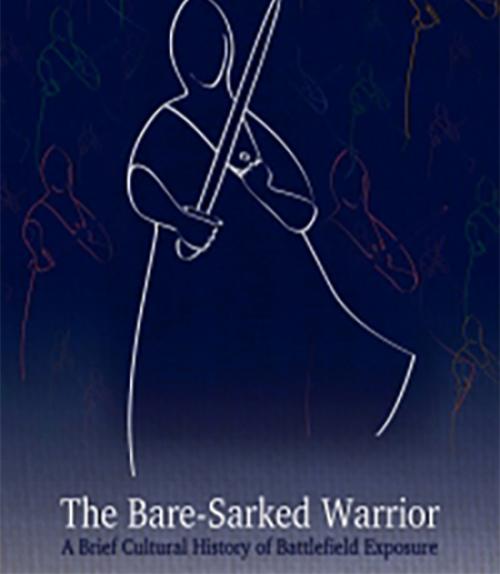Heroine, cold-blooded murderer or victim?
About the year 1000, Norse explorers were the first Europeans to reach North America. Two versions of this Norse discovery were written down some 200-300 years later, with both sagas telling of a woman named Freydis – but the versions differ starkly.
In “The Greenlanders’ Saga,” Freydis is a mass murderer, stirring up strife between two factions, then taking an axe to butcher personally the enemy women her compatriots refuse to kill.
In “The Saga of Eirik the Red,” Freydis heroically turns a battle from a rout to a Norse triumph against the natives, all without actually harming anyone. Her method is remarkably strange: She bares her breast and slaps it with a sword, which apparently scares off the natives.
Oren Falk, associate professor of history in the College of Arts and Sciences, says he was as intrigued by the contrast in the Freydis stories as by how scholars have mostly ignored the sheer weirdness of the heroic version. His new book, “The Bare-Sarked Warrior: A Brief Cultural History of Battlefield Exposure,” explores this variant and offers a new approach to understanding it.
Falk says that viewed in isolation, Freydis’ triumph makes little sense and is easily explained away as rather heavy-handed literary embellishment. “But this episode should not be read on its own. It sits at the crossroads of different traditions and motifs,” he explains. “By comparing it to some other unusual and half-forgotten episodes, involving all manner of women – from Greek mythological figures and the Virgin Mary to medieval queens and heroines of the French Revolution – we get a glimpse of attitudes toward women’s violence, encounters with people outside your own society, and protocols of power. This ensemble points to widespread, enduring gender stereotypes, ways of policing women’s sexuality, and women’s subjugation. Freydis is an ambivalent hero.”
Freydis’ paradoxes are many, says Falk. She is biologically female but behaves as a male. She’s victorious against the natives but sheds no blood. She’s pregnant but never delivers a baby. And when the Norseman regroup, they praise her good fortune, thus dismissing her achievement as a stroke of luck.
“They allow her to fulfill the role of a heroine without reaping any benefits,” says Falk. “When the defenders disappear, a woman is thrust to the forefront to repel an attack; after she has served society, it’s her turn to disappear.”
“A present-day comparison might be to the grudging allowance of women into the work force during WWII, and the backlash after it was over,” says Falk. “Only when society’s power-brokers are helpless will a member of a subaltern group be given a chance to lead. And if she is successful, her triumph against the odds will be resented, or forgotten, or both.”
Falk’s current book project is “This Spattered Isle: Violence and Risk in Medieval Iceland.”
Linda B. Glaser is a staff writer for the College of Arts and Sciences.
This article originally appeared in The Cornell Chronicle.




